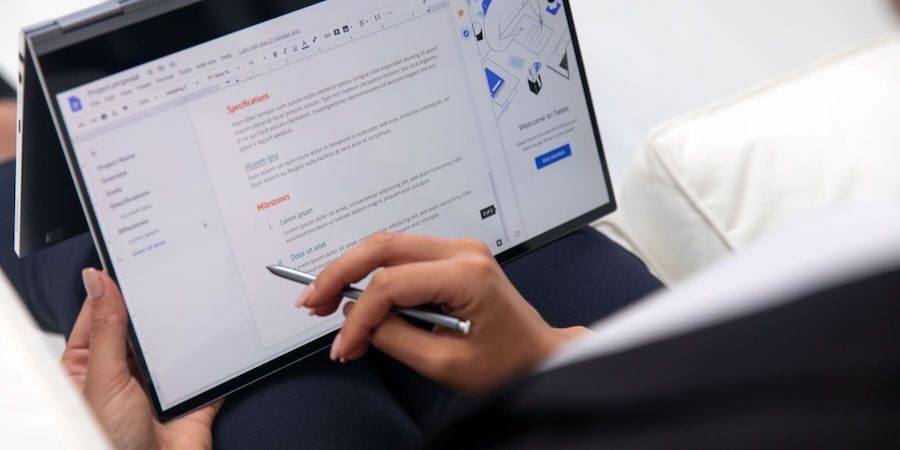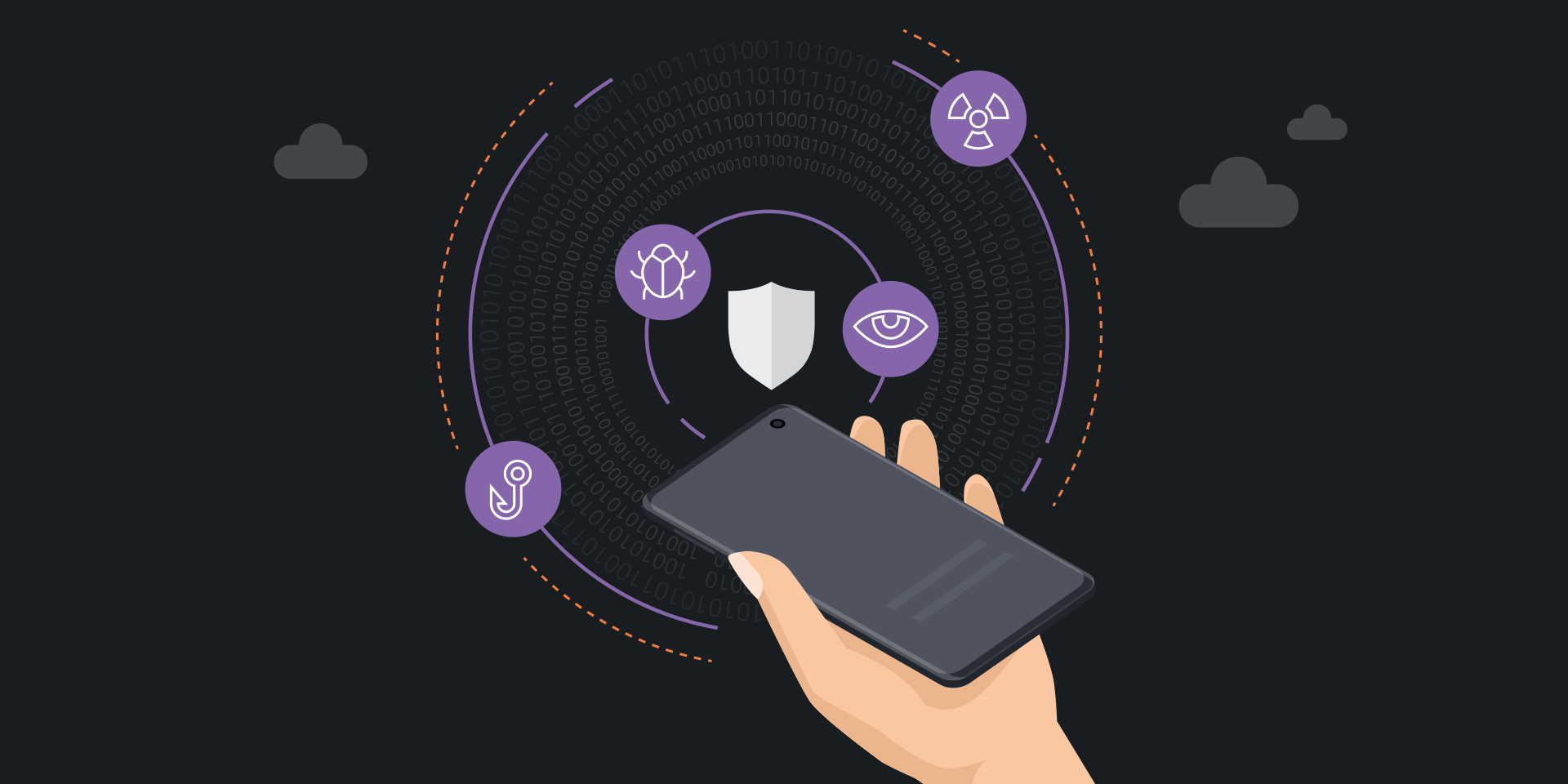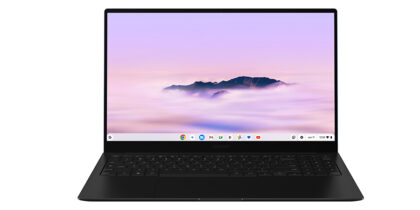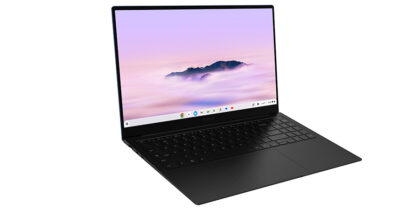Security is always a top-of-mind concern for businesses, but it has risen to the fore in the widespread shift to work-from-home — and with good reason.
Cyberattacks on large businesses have risen 73 percent in recent years — and risen 200 percent for small businesses — according to the most recent Travelers Risk Index. For IT decision makers, businesses’ larger digital footprint in the remote work era has multiplied that risk.
Chromebooks offer businesses large and small a way to safeguard remote workers and secure the data traversing their networks. Their Chrome operating system (OS) uses storage and applications that are cloud-based rather than device-based, providing automatic updates so systems stay current and enterprises maintain wide control over device security, all while simplifying IT workflows.
A range of Chromebook features — from verified boot to smart authentication technology — help IT enhance data security. And because much of this security functionality is delivered automatically by Google, IT decision makers typically see costs decrease.
Cost savings
Cybersecurity tends to come at a significant cost. There’s the cost of prevention — the IT time and labor needed to secure systems — and the potential cost of a breach or ransomware attack. It all adds up: Accenture reports the global toll of cybercrime could reach $5.2 trillion over the next five years. More immediately, businesses must wrangle with the expense of keeping systems current as they engage in what feels like a never-ending cycle of patching and upgrading.
How to build an effective incident response plan
Get this free guide on how to respond to mobile security breaches — or thwart them altogether. Download Now
Chromebooks effectively minimize that security spend because their secure processes are built into the cloud-based software. The OS and apps are updated automatically at the cloud level, ensuring devices are always running with the latest safeguards in place.
When employees use Chromebooks, IT managers don’t have to spend time patching or making updates to the OS or the apps. They can instead focus on more business-critical tasks, for a net financial win. By deploying Chromebooks instead of PCs, a medium-sized organization can expect savings and benefits of roughly $1.5 million over a three-year period, according to research by The Enterprise Strategy Group.
Simplicity
Chromebooks simplify the job of maintaining security across all of a business’s deployed devices. Businesses that purchase the Chrome Enterprise Upgrade can enforce policies in bulk via the Google Admin console, providing access to internal virtual private networks (VPNs) and Wi-Fi networks and installing Chrome apps and extensions as needed to support device security.
If a Chromebook is lost or stolen, it can be remotely disabled and easily reenabled once found. When an employee reports a device missing, IT can use the Google Admin console to select the lost Chromebook, sign out the authorized user and remove that device’s access to the Google Account and connected apps.
If any malware reaches a Chromebook, the device is protected, because each webpage and application runs in a sandbox. If the Chromebook is directed to an infected page, the page can’t affect other open tabs or apps — or anything else on the machine. If a threat escapes the sandbox, the device is still protected by Verified Boot technology, which checks for corrupted files and signs of tampering and automatically makes repairs.
Work environment
The digital workplace has been a boon in some respects: A recent Deloitte survey found 69 percent of digitally advanced small businesses report that technology has improved employee satisfaction. But 34 percent continue to identify “privacy and security concerns” among their top three digital barriers.
End users are also concerned about security in the remote-work environment, and Chromebooks can alleviate their concerns. The device goes through the Verified Boot process on startup and will automatically revert to a prior version if anything suspicious is detected. Many users will use Google Workspace for key business functions, thus reducing threats associated with unpatched software.
Chromebooks also provide user-level security controls. Google Safe Browsing — which is built into Chrome — warns users that an app may be harmful before downloading it and flags malicious sites before loading them. Some devices, like Samsung’s top-of-the-line Galaxy Chromebook, feature a fingerprint reader built into the keyboard to further enhance device security, without the need for IT intervention. To enable the feature, users just go to Settings > People > Screen lock, then follow instructions to create a password and set up the fingerprint reader. You also have the option of leveraging Android Smart Lock to authenticate to your Chromebook via your Android smartphone.
Businesses can increase their control and overall security with Google’s Cloud Identity platform, which provides identity and access management (IAM).
With multilevel security built in to support both administrators and end users, Chromebooks provide a low-cost, low-maintenance solution to a wide range of business security challenges.
Ready to move to Chrome? Take a look at Samsung’s new Galaxy Chromebook 2, with a powerful processor and the world’s first QLED Chromebook display. Get started on your new device with this video featuring five essential tips for mastering the ChromeOS.






